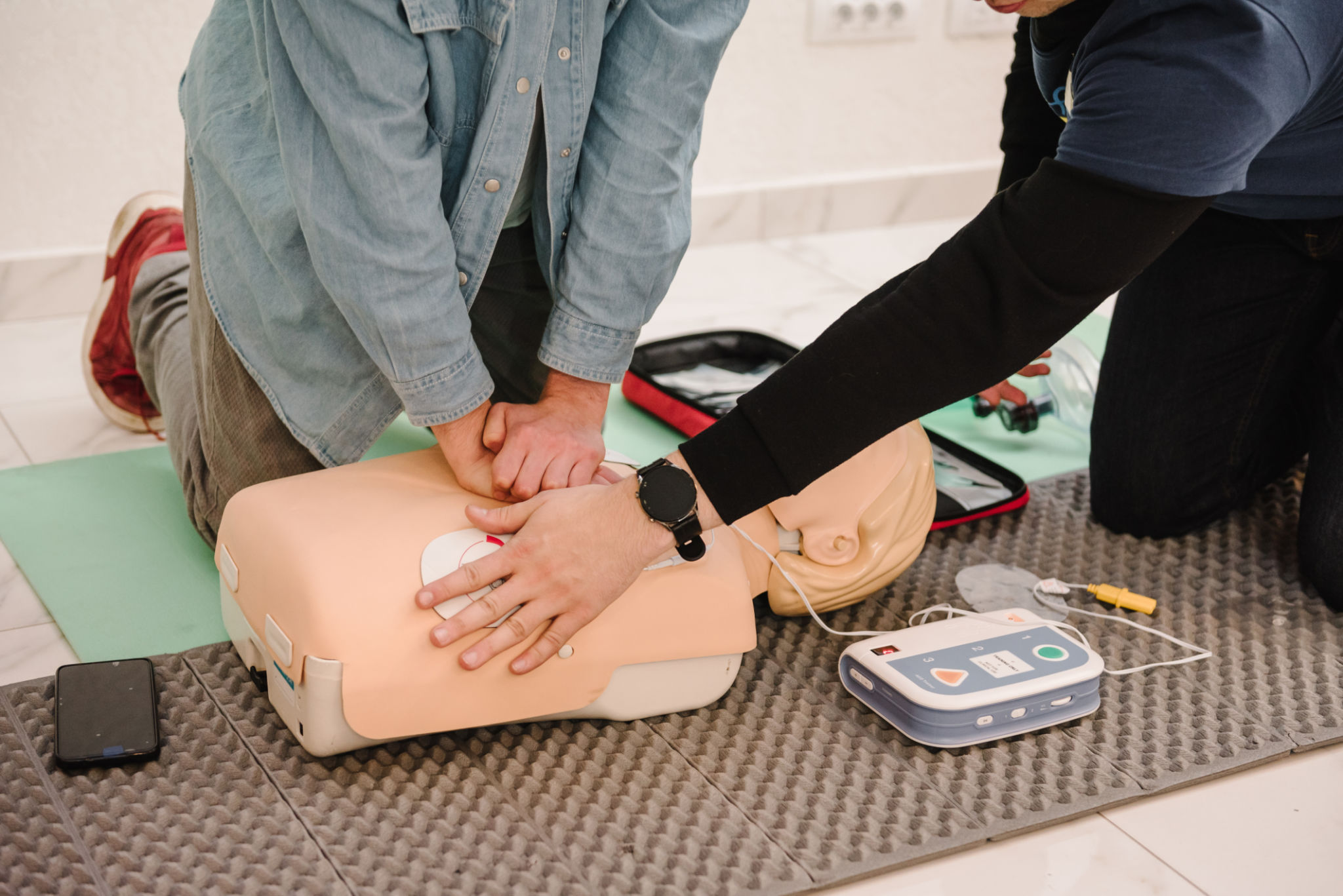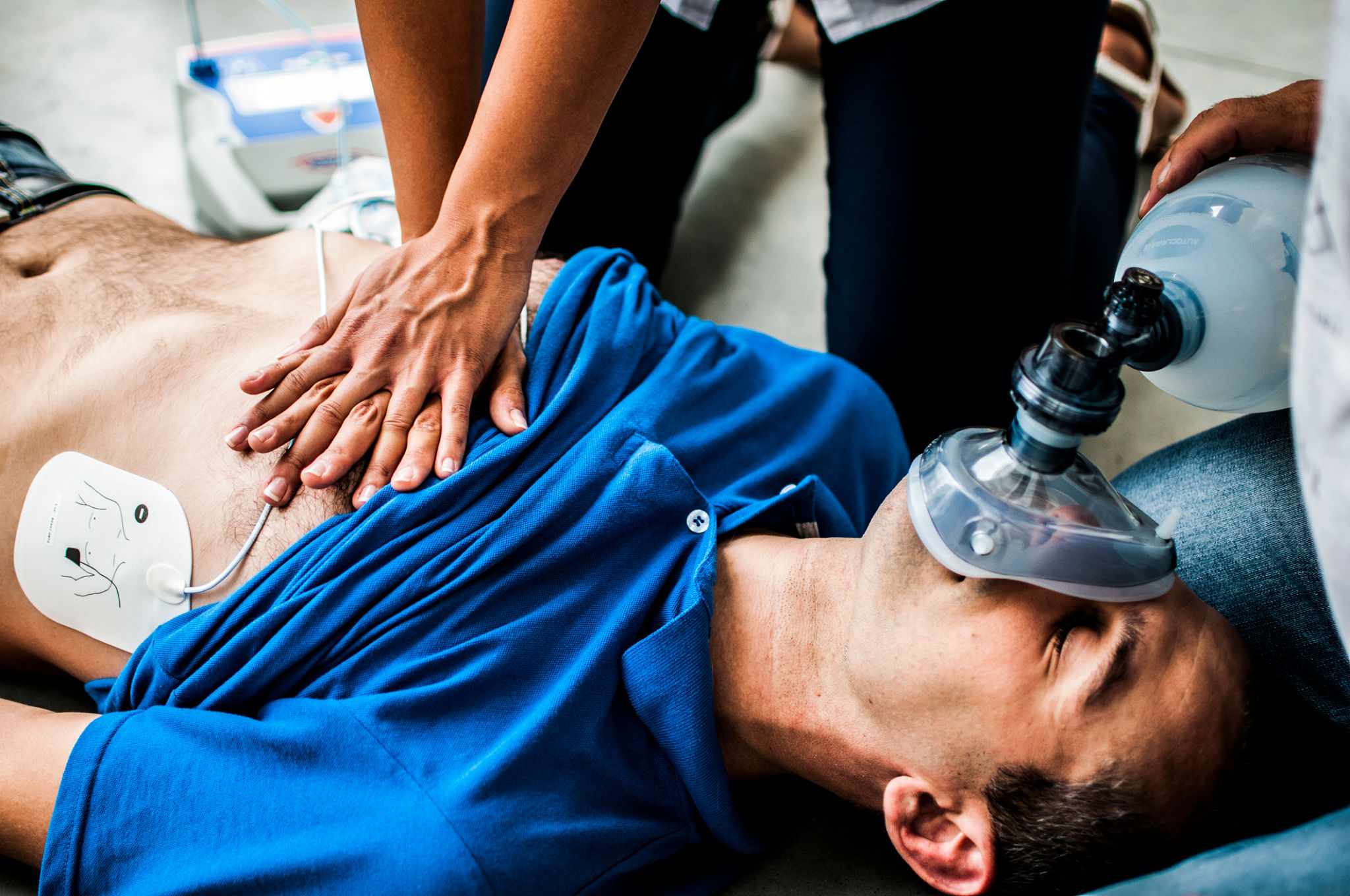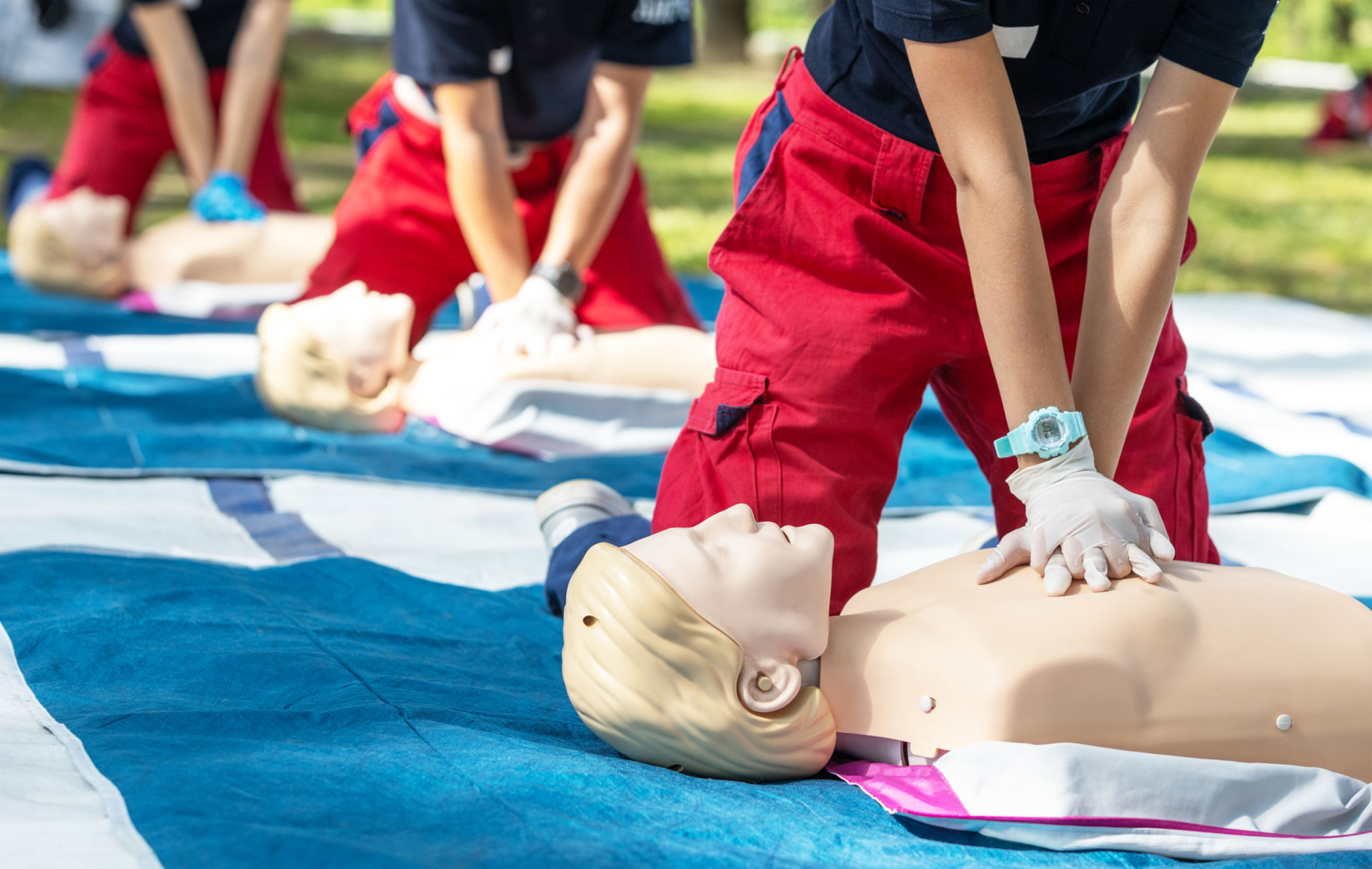CPR Recertification: Common Mistakes and How to Avoid Them
Cardiopulmonary resuscitation (CPR) can be a lifesaver in emergency situations, making it crucial for healthcare professionals and laypeople alike to maintain their certification. However, many people make common mistakes during the recertification process that can hinder their ability to perform CPR effectively. Understanding these pitfalls and learning how to avoid them can ensure that you are fully prepared when the need arises.
Neglecting to Review Current Guidelines
One of the most prevalent mistakes is failing to stay updated with the latest CPR guidelines. The American Heart Association (AHA) regularly updates its recommendations based on new research findings. It's essential to review these changes before attending a recertification course. This not only ensures compliance with current standards but also enhances your ability to provide effective care.
To avoid this mistake, make it a habit to check the AHA or other relevant organizations' websites for updates before your recertification. Familiarize yourself with any changes to techniques, compression rates, or sequences.

Underestimating the Importance of Practice
Another common error is neglecting hands-on practice. While theoretical knowledge is vital, CPR is a physical skill that requires muscle memory. Without practice, you may not perform compressions or rescue breaths effectively during an emergency.
Ensure that you engage in regular practice sessions, either during your recertification course or through additional practice on a manikin. This helps reinforce the correct techniques and builds confidence in your ability to perform CPR under pressure.
The Role of Feedback Devices
Feedback devices are valuable tools for improving CPR performance. These devices provide real-time data on compression depth and rate, allowing you to adjust your technique accordingly. Using a feedback device during practice sessions can significantly enhance your skills.

Skipping Renewal Deadlines
Recertification deadlines can easily be overlooked in the hustle and bustle of daily life. However, letting your certification expire can leave you unprepared in an emergency and may also have professional consequences for those in healthcare roles.
To avoid this mishap, set reminders well in advance of your expiration date. Many organizations send notifications, but it's wise to mark your calendar as an extra precaution. Renewing early can prevent last-minute scrambles and ensure continuity in your certification status.
Choosing the Wrong Course Provider
Selecting a reputable course provider is crucial for receiving quality training. Some individuals make the mistake of opting for cheap or convenient courses that do not adhere to recognized standards.
Research potential providers by checking reviews, credentials, and course content. Make sure the course is accredited by a recognized body such as the AHA or Red Cross. A reputable provider will offer comprehensive training that covers both theory and practical skills.

Overlooking Personal Health and Safety
Personal health and safety during CPR training are often overlooked. Practicing CPR can be physically demanding, and it's important to be aware of your own health limitations. Additionally, understanding safety protocols such as using barrier devices can protect both you and the victim from potential infections.
Ensure you are physically prepared for the demands of CPR training by staying fit and discussing any health concerns with your instructor. Always use protective equipment during practice and real-life scenarios to maintain safety standards.
Avoiding these common mistakes during CPR recertification can significantly enhance your readiness and effectiveness in an emergency. By staying informed, practicing regularly, and choosing the right resources, you can maintain high standards of care and potentially save lives when it matters most.